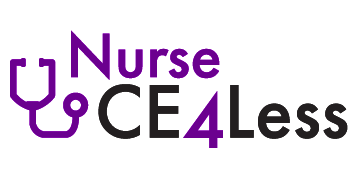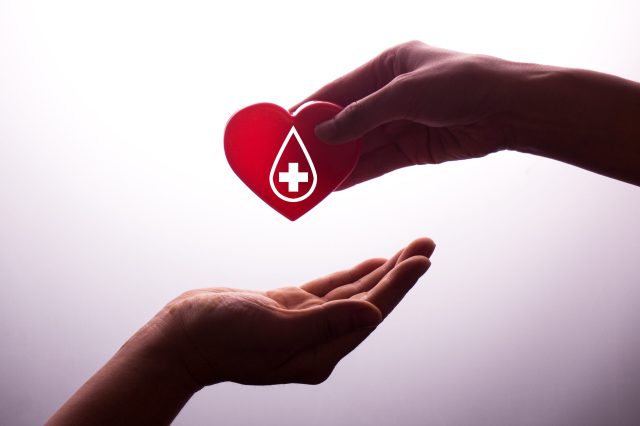Course Summary
Being able to replace blood and blood components that a patient has lost or is unable to produce is a specialized section of medicine that can be life saving. With the aid of donor blood, or even sometimes the patient’s own blood that has been previously banked, health professionals in transfusion medicine can follow a safe strategy to treat patients who have lost blood to illness or injury. The different types of blood products, the requirements for performing a transfusion, and how to recognize and respond to complications of the transfusion process are discussed.
Course Format
Homestudy
Course Syllabus
- I. Introduction
- II. Overview of National Guidelines
- III. Transfusions of Blood and Blood Components
- 1. Packed Red Blood Cell Transfusion
- 2. Proper Use of RBC Transfusion
- 3. Transfusion of Other Blood Components
- IV. Principles of Pre-Transfusion Testing and Transfusions
- 1. Donor Requirements
- 2. Electronic Crossmatching
- 3. Blood and Blood Component Pre-Testing
- V. ABO Inheritance
- 1. ABO System
- 2. Rh System
- VI. Whole Blood Compatibility
- 1. Pre-Transfusion Testing
- 2. Immune Globulins
- 3. Alternatives to Transfusion
- 4. Transfusion Technique
- 5. Observation of the Transfusion Patient
- 6. Emergency Release of Blood Products
- VII. Indications for Blood Transfusions
- 1. Massive Acute Hemorrhage
- 2. Chronic Hemorrhage
- 3. Traumatic Hemolytic Anemia
- 4. Deficient Erythropoiesis Hypochromic-Microcytic Anemias
- 5. Macrocytic Anemias
- 6. Hemolytic Anemias
- 7. Autoimmune Hemolytic Anemias
- 8. Paroxysmal Nocturnal Hemoglobinuria
- 9. Hereditary Spherocytosis and Elliptocytosis
- 10. Metabolic Disorders with Hemolytic Anemia
- 11. Hemoglobinopathies
- VIII. Complications of Transfusions
- 1. Acute Hemolytic Transfusion Reactions
- 2. Delayed Hemolytic Transfusion Reactions
- 3. Transfusion-Related Lung Injury
- 4. Transfusion-Associated Circulatory Overload
- 5. Other Transfusion Reactions
- 6. Massive Transfusion Complications
- IX. Risk of Post Transfusion Infection
- 1. Bacterial Infections
- 2. Viral Infections
- X. Therapeutic Apheresis
- 1. Cytapheresis
- 2. Photophoresis
- 3. Plasma Exchange
- XI. Blood Transfusion and Intrauterine Fetal Blood Reactions
- 1. Rh Disease (Erythroblastosis Fetalis)
- 2. Post-transfusion Purpura
- 3. RBC Transfusion and Sepsis
- 4. Basic Care of Transfusion Reaction
- XII. Case Study: Acute Hemolytic Transfusion Reaction
- XIII. Summary
Author
Dana Bartlett, RN, BSN, MSN, MA, CSPI
Dana Bartlett is a professional nurse and author. His clinical experience includes 16 years of ICU and ER experience and over 27 years as a poison control center information specialist. Dana has published numerous CE and journal articles, written NCLEX material, textbook chapters, and more than 100 online CE articles, and done editing and reviewing for publishers such as Elsevier, Lippincott, and Thieme. He has written widely on the subject of toxicology and was a contributing editor, toxicology section, for Critical Care Nurse journal. He is currently employed at the Connecticut Poison Control Center. He lives in Wappingers Falls, NY.


